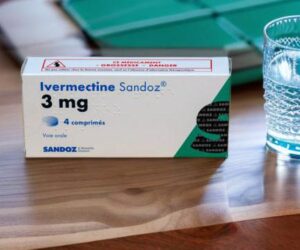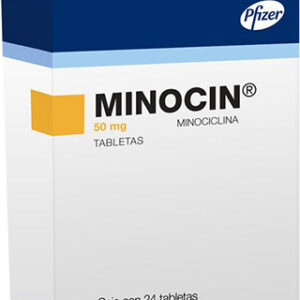Overview of Amoxil
Amoxil, also known as amoxicillin, is a widely used antibiotic that belongs to the penicillin group of drugs. It’s designed to combat various bacterial infections by halting the growth of bacteria. The active ingredient in Amoxil works by preventing bacteria from building their cell walls, thus causing them to die. Its mechanism of action involves inhibiting bacterial growth by disrupting the synthesis of bacterial cell walls. This makes it effective against a wide range of bacterial infections.
Indications for Amoxil
Amoxil is prescribed for the treatment of various bacterial infections, including ear infections, urinary tract infections, pneumonia, salmonella infections, skin infections, and gonorrhea. It is also used in combination with other medications to manage stomach ulcers caused by Helicobacter pylori infection.
Dosage and Administration
Dosage of Amoxil
The dosage of Amoxil varies based on the type and severity of the infection, as well as the age and weight of the patient. It is available in different formulations, including capsules, tablets, chewable tablets, and oral suspension. The dosage should be strictly followed as prescribed by the healthcare provider.
Dosage Table for Amoxil
| Infection Type | Adult Dosage | Pediatric Dosage |
|---|---|---|
| Ear Infections | 250-500 mg every 8 hours | Determined by pediatrician |
| Urinary Tract Infections | 250-500 mg every 8 hours | Determined by pediatrician |
| Pneumonia | 500 mg – 875 mg every 12 hours | Determined by pediatrician |
| Salmonella Infections | 500 mg – 875 mg every 12 hours | Determined by pediatrician |
| Skin Infections | 250-500 mg every 8 hours | Determined by pediatrician |
| Gonorrhea | 3 grams as a single dose | Not recommended for children |
| Stomach Ulcers | 1 gram twice daily with other drugs | Not recommended for children |
Administration of Amoxil
Amoxil can be taken with or without food. If stomach upset occurs, it may be beneficial to consume it with meals. The medication comes in various forms, including capsules, tablets, chewable tablets, and liquids. It is crucial that the full prescribed amount is completed, even if symptoms disappear, to prevent the spread of antibiotic-resistant bacteria.
Interactions and Contraindications
Amoxil may interact with other medications such as methotrexate, allopurinol, and warfarin, affecting its efficacy or increasing the risk of side effects. It is contraindicated in patients with known allergies to penicillin or cephalosporin antibiotics and those with certain viral infections.
Side Effects of Amoxil
While generally well-tolerated, Amoxil can cause side effects such as gastrointestinal symptoms (nausea, vomiting, diarrhea), allergic reactions, blood disorders, and neurological issues. Patients should report any adverse effects to their healthcare provider promptly.
Interactions and Precautions
Patients should be aware that Amoxil might interact with other drugs, potentially altering its effectiveness or increasing the risk of adverse effects. It is known to interact with medications such as methotrexate, allopurinol, and warfarin. Patients must inform healthcare providers of all current medications, including over-the-counter drugs and supplements.
Before starting Amoxil, it is vital for patients to disclose their full medical history, especially relating to kidney dysfunction, certain types of infections, or a history of antibiotic-associated colitis. Chronic use of Amoxil might also result in oral thrush or a new vaginal yeast infection, which should be reported to a healthcare provider.
Monitoring during Amoxil treatment
Throughout the course of treatment with Amoxil, patients should be monitored for signs of an allergic reaction or worsening symptoms. Additionally, those on prolonged therapy should be monitored for blood, kidney, and liver function, as well as any potential microbial superinfection.
Overdose and Management of Amoxil
In the instance of an overdose, patients might experience symptoms such as confusion, aberrant behavior, or renal dysfunction. Immediate medical attention is critical. Management of an overdose may involve supportive care, including fluids, electrolyte management, and monitoring of vital signs.





Ryker (verified owner) –
Quick delivery, high-quality meds. Worth the cost.